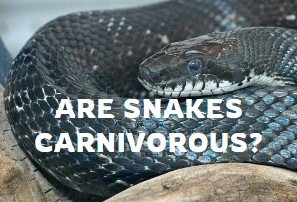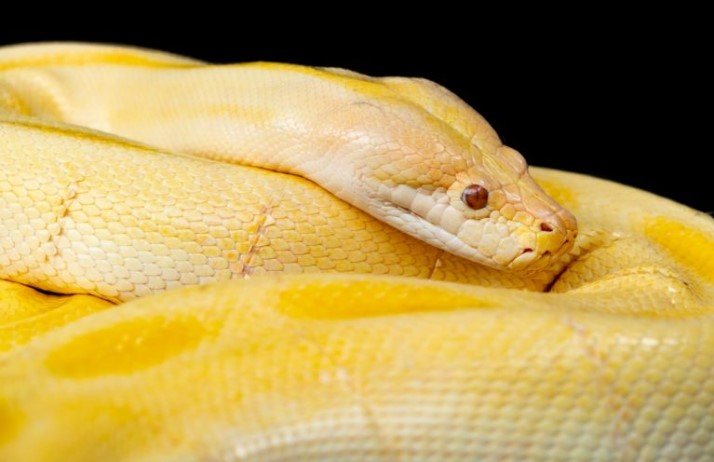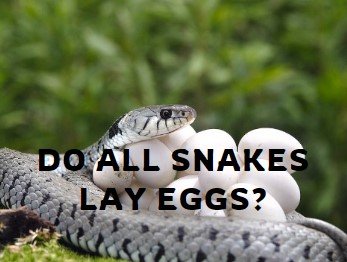The Carnivorous World of Snakes: Unveiling Their Dietary Habits
Snakes, with their slithering grace and predatory prowess, are intriguing creatures that have adapted to a diverse range of environments. One key aspect of their biology that defines their survival strategy is their carnivorous diet. Let’s delve into the fascinating world of snake feeding habits and explore the nuances of their carnivorous lifestyle.

1. Evolutionary Adaptation:
Snakes, as descendants of ancient reptiles, have evolved to become carnivorous predators. This adaptation is reflected in their anatomy, including specialized jaws and teeth designed for capturing, restraining, and consuming prey.
2. Varied Diet:
The diet of snakes varies among species. While some species specialize in consuming rodents, others may feed on birds, amphibians, insects, or even other snakes. This diversity in dietary preferences contributes to the ecological roles they play in different ecosystems.
3. Hunting Strategies:
Snakes employ a range of hunting strategies to capture their prey. Some species are ambush predators, lying in wait for unsuspecting prey to pass by, while others are active foragers, actively seeking out their next meal. Constrictors, such as pythons, use constriction to subdue larger prey.
4. Venomous Predators:
Many snake species are venomous, utilizing venom to immobilize or kill their prey. Venomous snakes have specialized venom-delivering structures, such as fangs, and their venom serves various purposes, including digestion and defense.
5. Ingestion Process:
Snakes are known for their unique method of consuming prey whole. Their flexible jaws allow them to stretch their mouths and swallow prey that may be much larger in diameter than their head. The digestive process is efficient, aided by powerful stomach acids that break down food quickly.
6. Energy Efficiency:
The carnivorous diet of snakes provides a concentrated source of nutrients and energy. Snakes are adapted to extract maximum nutrition from their meals, allowing them to thrive in environments where food resources may be scarce.
7. Feeding Frequency:
The frequency of snake feeding depends on factors such as the size of the snake, the size of the prey, and environmental conditions. Larger snakes may go for extended periods between meals, while smaller species may need more frequent feeding.
8. Role in Ecosystems:
Snakes play crucial roles in maintaining ecological balance by controlling populations of prey species. Their predatory activities contribute to the regulation of animal populations, preventing overpopulation of certain species.
Conclusion:
In conclusion, snakes are unequivocally carnivores, showcasing a remarkable array of adaptations for capturing and consuming prey. Their diverse dietary habits contribute to the rich tapestry of ecosystems they inhabit, highlighting the importance of these fascinating creatures in the natural world.
Learn more about Are Sea Snakes Poisonous.




Leave a Reply